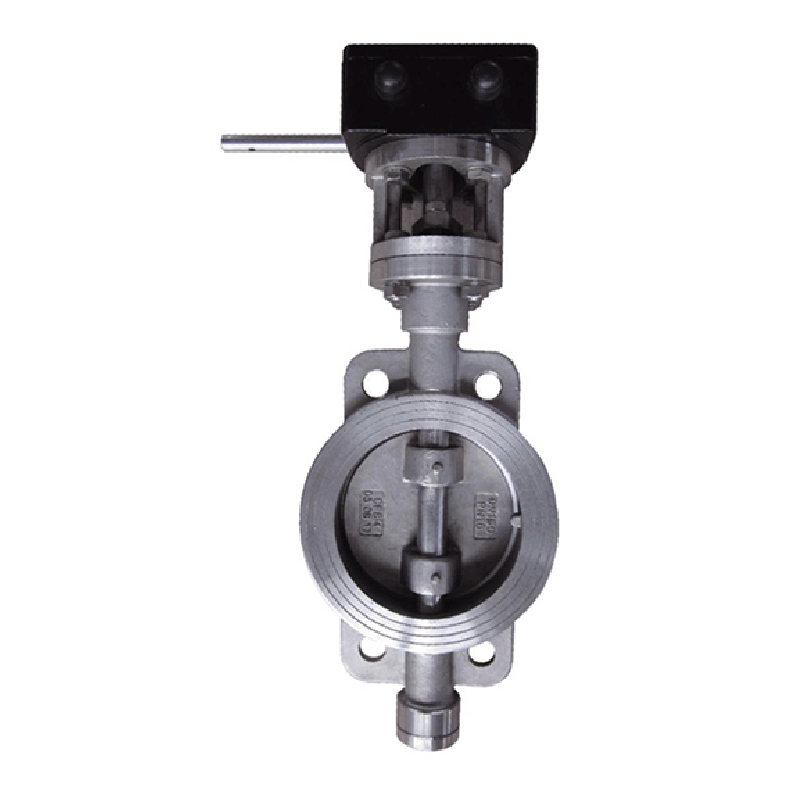Nov . 21, 2024 14:43 Back to list
hydraulic control valve
Understanding Hydraulic Control Valves A Key Component in Hydraulic Systems
Hydraulic control valves are essential components in hydraulic systems, serving as the control mechanism that regulates hydraulic fluid flow and pressure. These valves play a pivotal role in various industries, including manufacturing, construction, and transportation, where precise control of machinery is necessary for efficiency and safety. This article provides an overview of hydraulic control valves, their types, functions, and applications.
What Are Hydraulic Control Valves?
Hydraulic control valves are devices designed to control the flow and pressure of hydraulic fluids within a system. They manage the distribution of fluid in hydraulic circuits, allowing operators to control the movement of hydraulic actuators such as cylinders and motors. By adjusting the flow rate, direction, and pressure, these valves ensure that machines operate smoothly and effectively.
Types of Hydraulic Control Valves
There are several types of hydraulic control valves, each serving a distinct purpose within a hydraulic system
1. Directional Control Valves These valves control the direction of the hydraulic fluid, allowing it to flow to various parts of the system. They can be manually operated, mechanically actuated, or electrically controlled. Common configurations include 2/2, 3/2, and 4/2 valves, which indicate the number of ports and positions.
2. Pressure Control Valves These valves regulate the pressure within the hydraulic system to prevent damage to components. They ensure that the pressure remains within a predefined limit, activating or deactivating flow as needed. Examples include relief valves, pressure reducing valves, and sequence valves.
3. Flow Control Valves Flow control valves manage the speed of hydraulic actuators by regulating the flow rate of the hydraulic fluid. They can be used to maintain a constant speed or to allow variable control. Common types include metering valves, flow restricting valves, and throttle valves.
4. Check Valves Check valves prevent backflow in hydraulic systems, ensuring that fluid flows in only one direction. This is critical in preventing potential system damage and maintaining operational integrity.
hydraulic control valve

Functions and Applications
The functions of hydraulic control valves go beyond mere fluid regulation. They are crucial in ensuring the safety and efficiency of hydraulic systems. For instance, pressure relief valves prevent devastating overpressure situations that can lead to hydraulic failures or accidents. Similarly, flow control valves are vital in applications where precise movement speed is required, such as in hydraulic lifts and excavators.
Hydraulic control valves are widely used across various sectors
- Manufacturing In industrial machinery, hydraulic valves control operations such as pressing, molding, and assembly. They enable precise control over the movements of robotic arms and other automated systems.
- Construction Heavy machinery, like excavators and bulldozers, rely on hydraulic control valves to manage the movement of booms, arms, and blades. The ability to control these functions smoothly is essential for effective operation.
- Automotive In automotive systems, hydraulic control valves contribute to power steering and braking systems, ensuring responsiveness and safety in vehicles.
- Aerospace Hydraulic control valves are integral to various aircraft systems, managing functions such as landing gear deployment and flight control surfaces.
Conclusion
Hydraulic control valves are a fundamental aspect of hydraulic systems, providing crucial functionalities that enhance performance and safety across various applications. By understanding the different types and functions of these valves, engineers and operators can optimize hydraulic systems for improved efficiency and reliability. As technology continues to advance, the design and implementation of hydraulic control valves will evolve, leading to even greater innovation in fluid power systems. In conclusion, these valves not only represent a key mechanical component but also embody the intersection of engineering precision and operational effectiveness in modern machinery.
Share
-
Reliable Wafer Type Butterfly Valves for Every IndustryNewsJul.25,2025
-
Reliable Flow Control Begins with the Right Ball Check ValveNewsJul.25,2025
-
Precision Flow Control Starts with Quality ValvesNewsJul.25,2025
-
Industrial Flow Control ReliabilityNewsJul.25,2025
-
Engineered for Efficiency Gate Valves That Power Industrial PerformanceNewsJul.25,2025
-
Empowering Infrastructure Through Quality ManufacturingNewsJul.25,2025